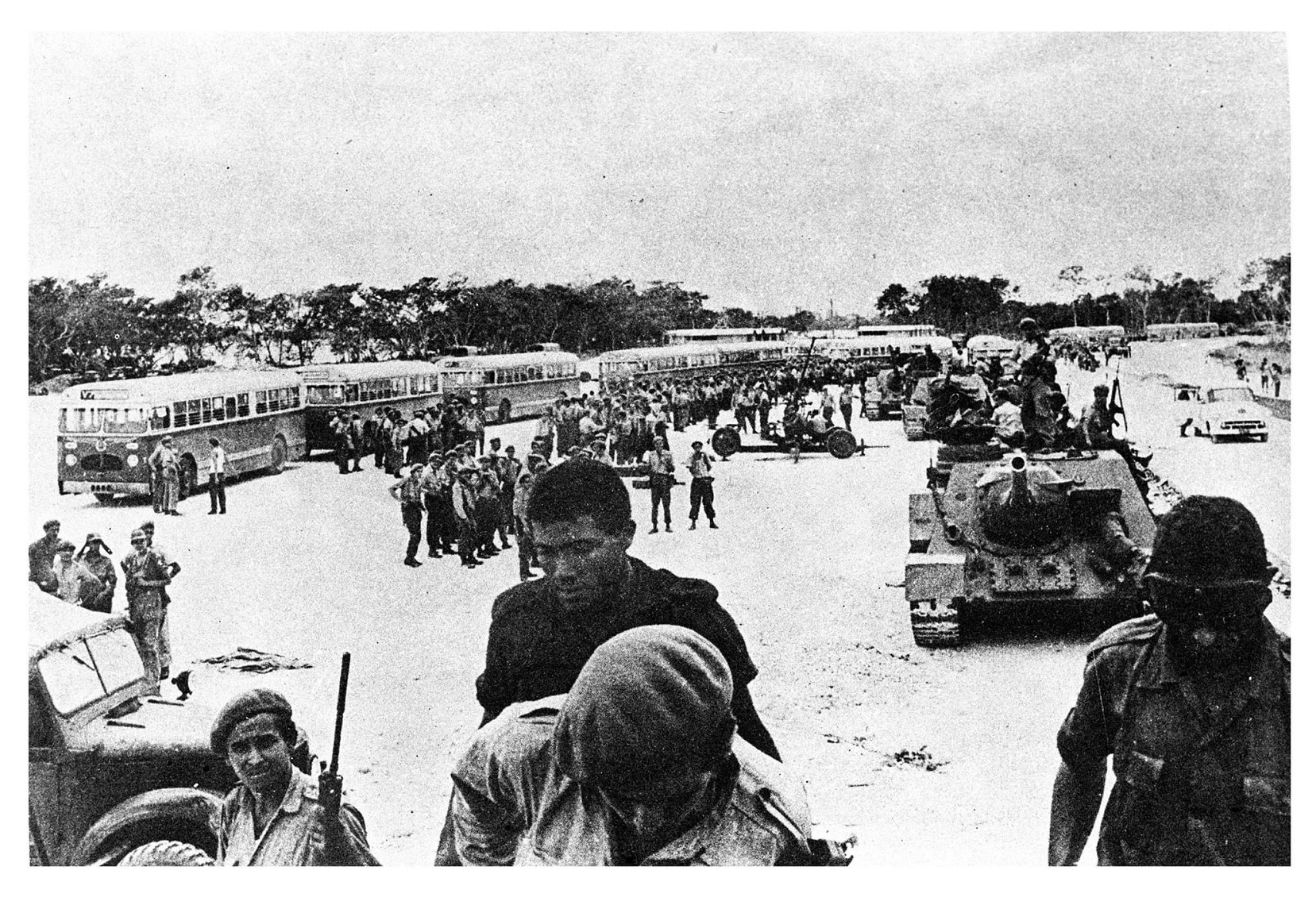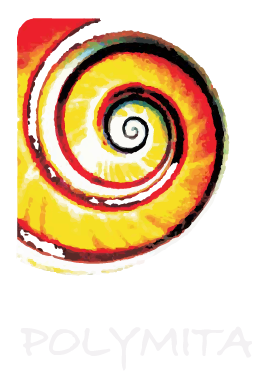

ARTICLE
CUBAN PHOTOGRAPHY
BY: JULIO A. LARRAMENDI
On the subject of Cuban Photography.
Cuba prides itself on having a rich history and tradition in photographic art. Hundreds of names have enriched the relationship that for several generations and historical periods includes the work of these lens workers.
Today, on the International Day of Photography, we pay tribute to two of those artists of the so-called “epic”, who coincided in the historical hours of the attack and the victory of Playa Girón and the only winners of the National Prize for Plastic Arts: Raúl Corrales (Ciego de Ávila 1925-Havana 2006) and Ernesto Fernández (Havana 1939).
PLAYA GIRÓN IN MEMORY. THE PHOTOGRAPHS OF RAÚL CORRALES AND ERNESTO FERNÁNDEZ.
The History of the Cuban Revolution could be written without us, but it can only be illustrated with the photographs that we were all able to capture.
Raul Corrales
The smoke, the smell of fresh blood, the clatter of anti-aircraft, the noise of low-flying planes and the explosion of bombs, the rhythmic roar of cannons and mortars, the shouts of militiamen, mixed with the moans of those wounded to evacuate, are the sensations provoked by the images of those dramatic and decisive moments of the Cuban Revolution in April 1961.
The history of Playa Girón is well known from the documentaries and testimonies of the participants. Thousands of details have emerged from the interviews and books that have been published for more than 50 years. But it is the photographs taken during the war that went around the world illustrating the 72 hours that the invasion lasted and remain in the memory.
Several were the photojournalists who attended the event; they bequeathed us a heroic and painful, dramatic and beautiful testimony of the deed.
Two of them, our National Plastic Arts Awards (1996 and 2011), Raúl Corrales and Ernesto Fernández, were witnesses and managed to record some of the most important moments of those days.
A very young Ernesto Fernández (1939), in his white '57 Triumph, was the first photojournalist to reach the combat zone. In feverish activity, he appears in the central Australia, where Captain José Ramón Fernández instructed the deployment of Cuban troops, on trucks with beardless soldiers heading to combat, along with mortars in full discharge, on the road built by the Revolution, in contrast to the attempt to destroy their conquests, the ruins of extremely poor charcoal burners' homes, a smoking civilian bus and the omnipresent death of peasants in the area, militiamen and mercenaries. All of them, those who triumphed, those who were defeated and those who fell, are the main protagonists in Ernesto Fernández's photographs.
Raúl Corrales (1925 -2006), already at that time an established photographer, with experience working for Bohemia, Carteles and since 1959, in the newspaper Revolución and INRA magazine, accompanies Fidel and obtains important images of his presence.
Literally baptized with sea water when falling from the tank cover, the photos that could be saved, even with their ¨watermarks¨, convey the poetry of his work, the photograph of the leader liquidating the last vestiges of the invasion, summarized in the iconic image of the smoky Houston. The two Masters of Cuban Photography, united then in the INRA Magazine, continued to illustrate the life of our changing society to, later on, take different routes; Corrales in the Academy of Sciences and the Office of Historical Affairs of the Council of State, and Ernesto standing out as a reporter of different warlike conflicts inside and outside Cuba. The work of both is part of the best of the cultural heritage of our country and their lives, an example of dedication and love for the profession.
Today, in this work, they meet again.
Note: thanks to the Corral family and Maestro Fernández for authorizing the publication of the images that illustrate this work.
The work of Raúl Corrales is found in numerous books and in the gallery that bears his name on O'Reilly Street No. 524. Ernesto Fernández exhibits and publishes his work periodically and also welcomes him with his wife Sonia and a coffee in the room from your home.
Cuba prides itself on having a rich history and tradition in photographic art. Hundreds of names have enriched the relationship that for several generations and historical periods includes the work of these lens workers.
Today, on the International Day of Photography, we pay tribute to two of those artists of the so-called “epic”, who coincided in the historical hours of the attack and the victory of Playa Girón and the only winners of the National Prize for Plastic Arts: Raúl Corrales (Ciego de Ávila 1925-Havana 2006) and Ernesto Fernández (Havana 1939).
PLAYA GIRÓN IN MEMORY. THE PHOTOGRAPHS OF RAÚL CORRALES AND ERNESTO FERNÁNDEZ.
The History of the Cuban Revolution could be written without us, but it can only be illustrated with the photographs that we were all able to capture.
Raul Corrales
The smoke, the smell of fresh blood, the clatter of anti-aircraft, the noise of low-flying planes and the explosion of bombs, the rhythmic roar of cannons and mortars, the shouts of militiamen, mixed with the moans of those wounded to evacuate, are the sensations provoked by the images of those dramatic and decisive moments of the Cuban Revolution in April 1961.
The history of Playa Girón is well known from the documentaries and testimonies of the participants. Thousands of details have emerged from the interviews and books that have been published for more than 50 years. But it is the photographs taken during the war that went around the world illustrating the 72 hours that the invasion lasted and remain in the memory.
Several were the photojournalists who attended the event; they bequeathed us a heroic and painful, dramatic and beautiful testimony of the deed.
Two of them, our National Plastic Arts Awards (1996 and 2011), Raúl Corrales and Ernesto Fernández, were witnesses and managed to record some of the most important moments of those days.
A very young Ernesto Fernández (1939), in his white '57 Triumph, was the first photojournalist to reach the combat zone. In feverish activity, he appears in the central Australia, where Captain José Ramón Fernández instructed the deployment of Cuban troops, on trucks with beardless soldiers heading to combat, along with mortars in full discharge, on the road built by the Revolution, in contrast to the attempt to destroy their conquests, the ruins of extremely poor charcoal burners' homes, a smoking civilian bus and the omnipresent death of peasants in the area, militiamen and mercenaries. All of them, those who triumphed, those who were defeated and those who fell, are the main protagonists in Ernesto Fernández's photographs.
Raúl Corrales (1925 -2006), already at that time an established photographer, with experience working for Bohemia, Carteles and since 1959, in the newspaper Revolución and INRA magazine, accompanies Fidel and obtains important images of his presence.
Literally baptized with sea water when falling from the tank cover, the photos that could be saved, even with their ¨watermarks¨, convey the poetry of his work, the photograph of the leader liquidating the last vestiges of the invasion, summarized in the iconic image of the smoky Houston. The two Masters of Cuban Photography, united then in the INRA Magazine, continued to illustrate the life of our changing society to, later on, take different routes; Corrales in the Academy of Sciences and the Office of Historical Affairs of the Council of State, and Ernesto standing out as a reporter of different warlike conflicts inside and outside Cuba. The work of both is part of the best of the cultural heritage of our country and their lives, an example of dedication and love for the profession.
Today, in this work, they meet again.
Note: thanks to the Corral family and Maestro Fernández for authorizing the publication of the images that illustrate this work.
The work of Raúl Corrales is found in numerous books and in the gallery that bears his name on O'Reilly Street No. 524. Ernesto Fernández exhibits and publishes his work periodically and also welcomes him with his wife Sonia and a coffee in the room from your home.



